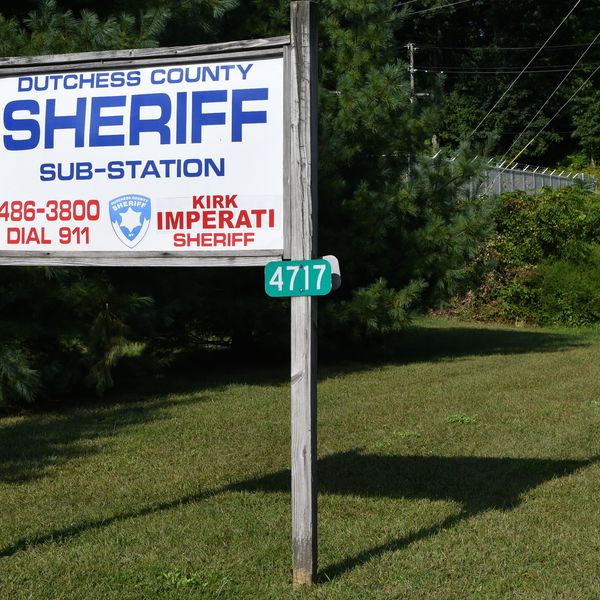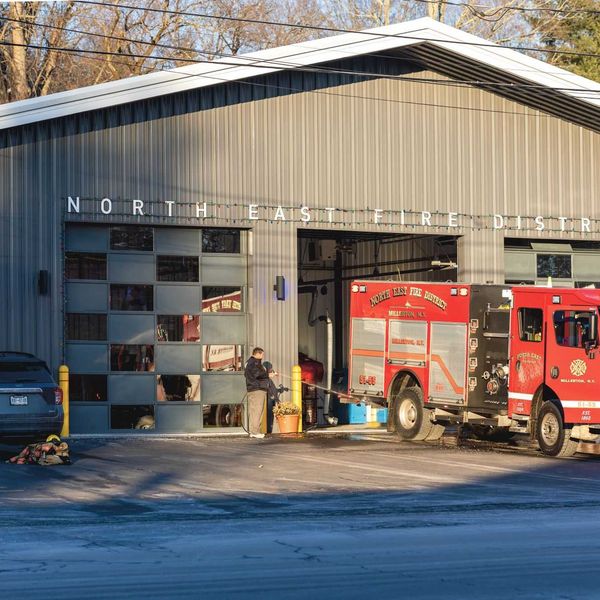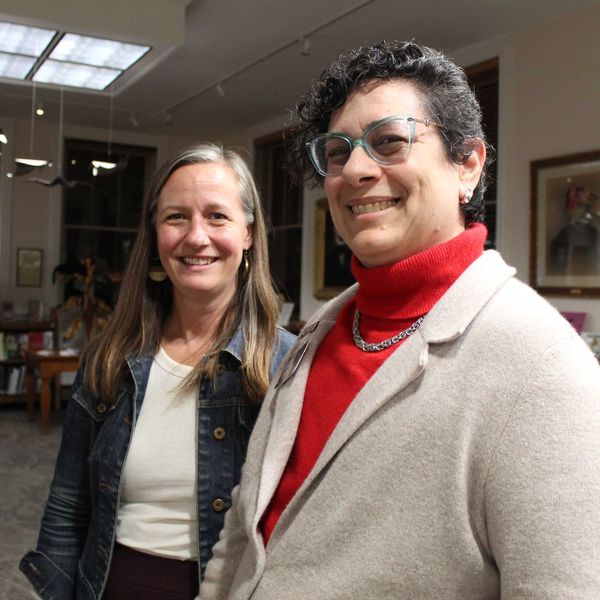Critical condition: The fight to fix EMS in Dutchess County
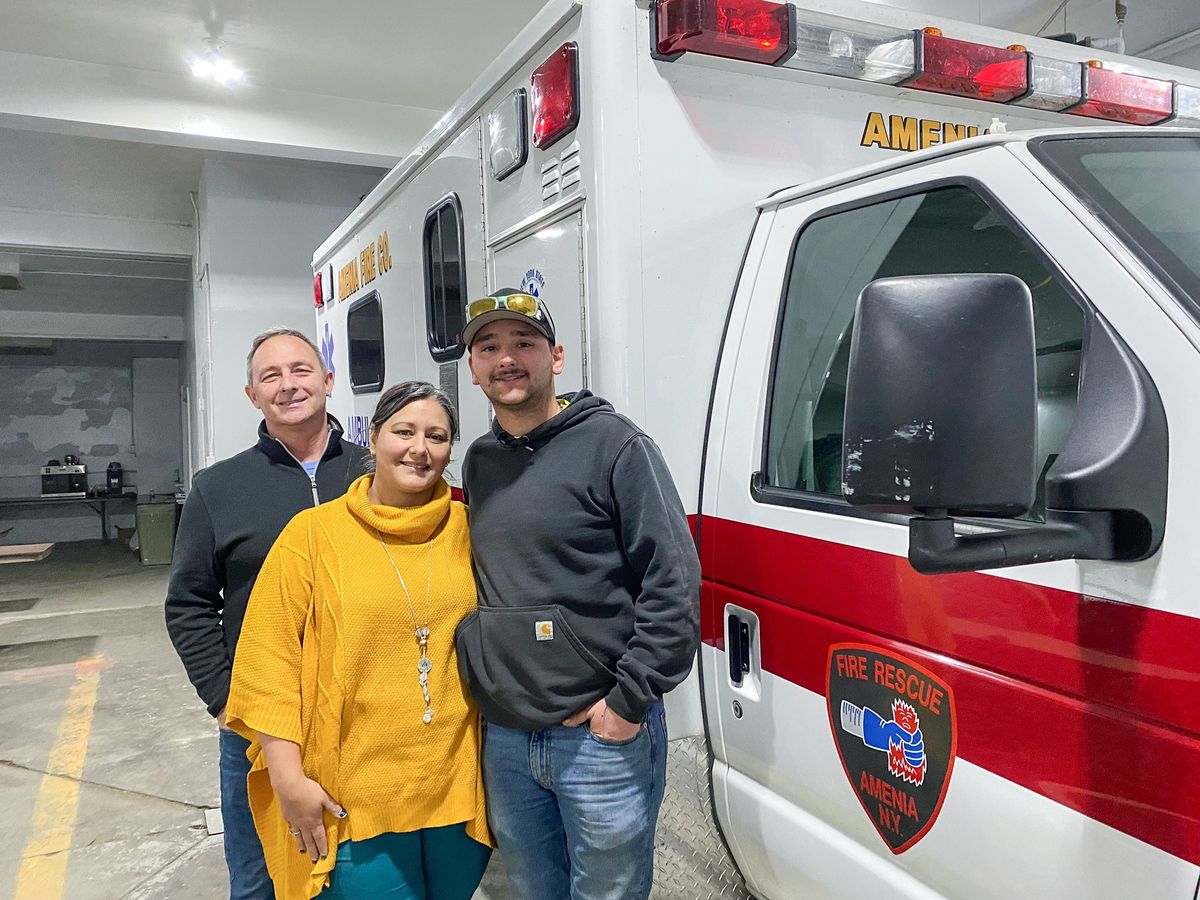
From left, Chris Klingner, first lieutenant of the Rescue Squad, Dawn Marie Klingner, Rescue Squad captain, and Zachary Klingner, second lieutenant, and Chris and Marie’s son. The 100%-volunteer EMT squad operates within the Amenia Fire Company.
Leila Hawken
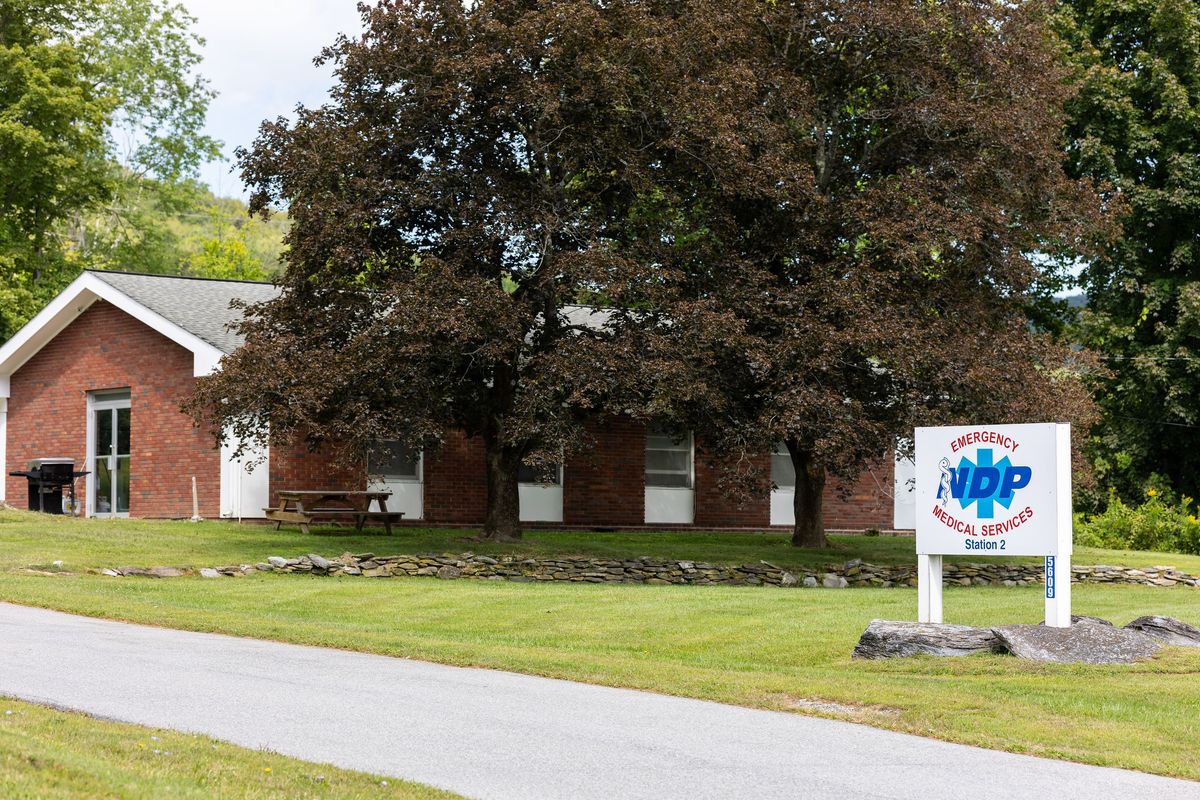
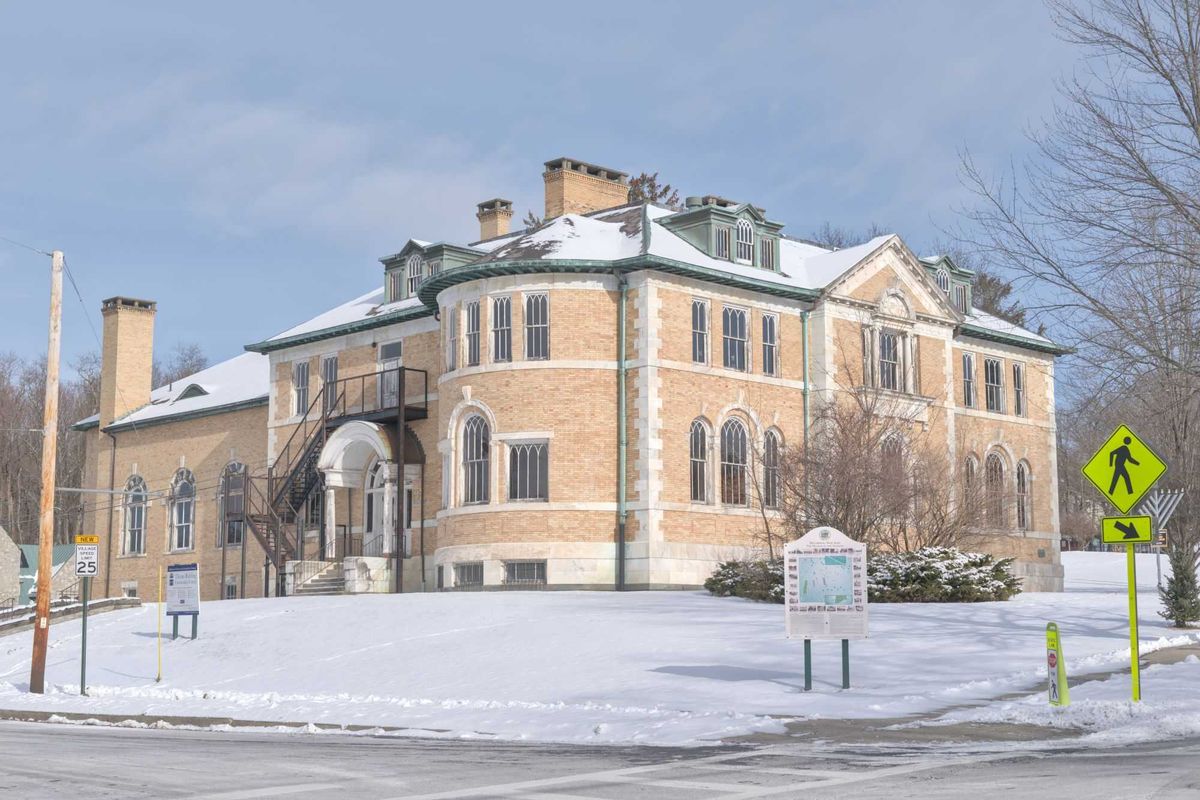
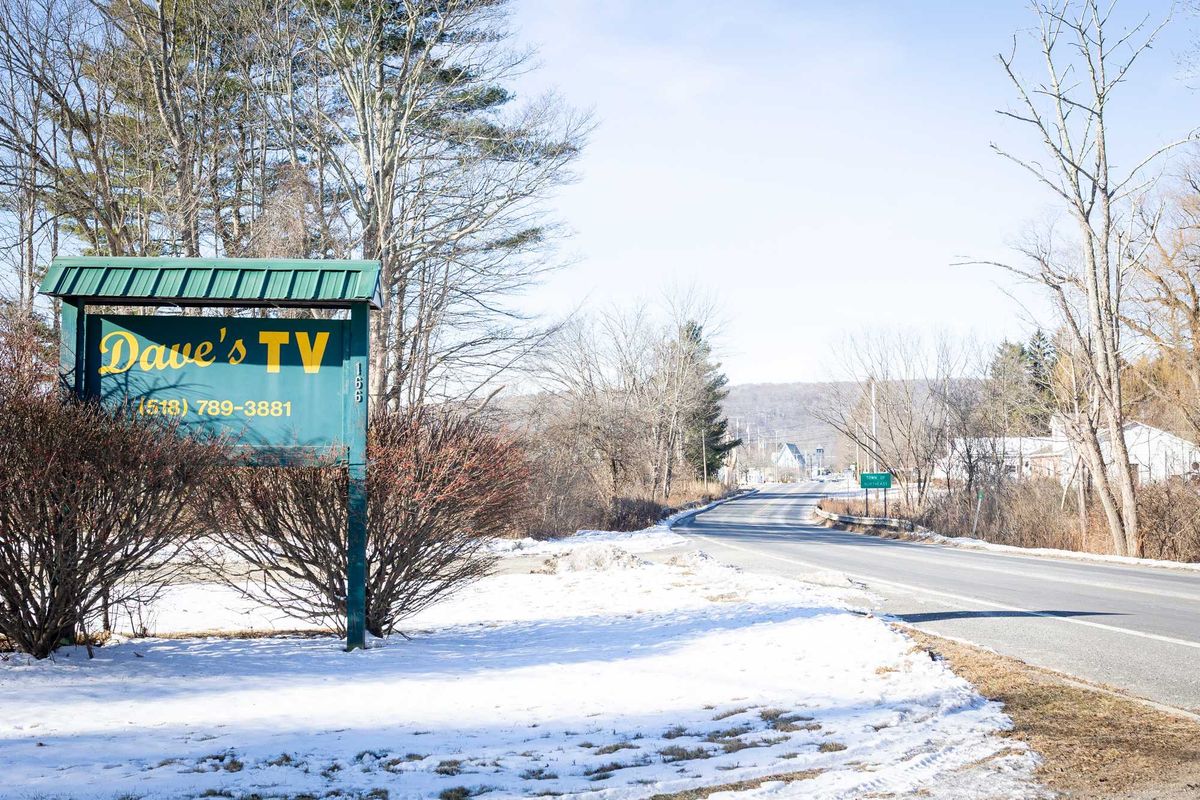
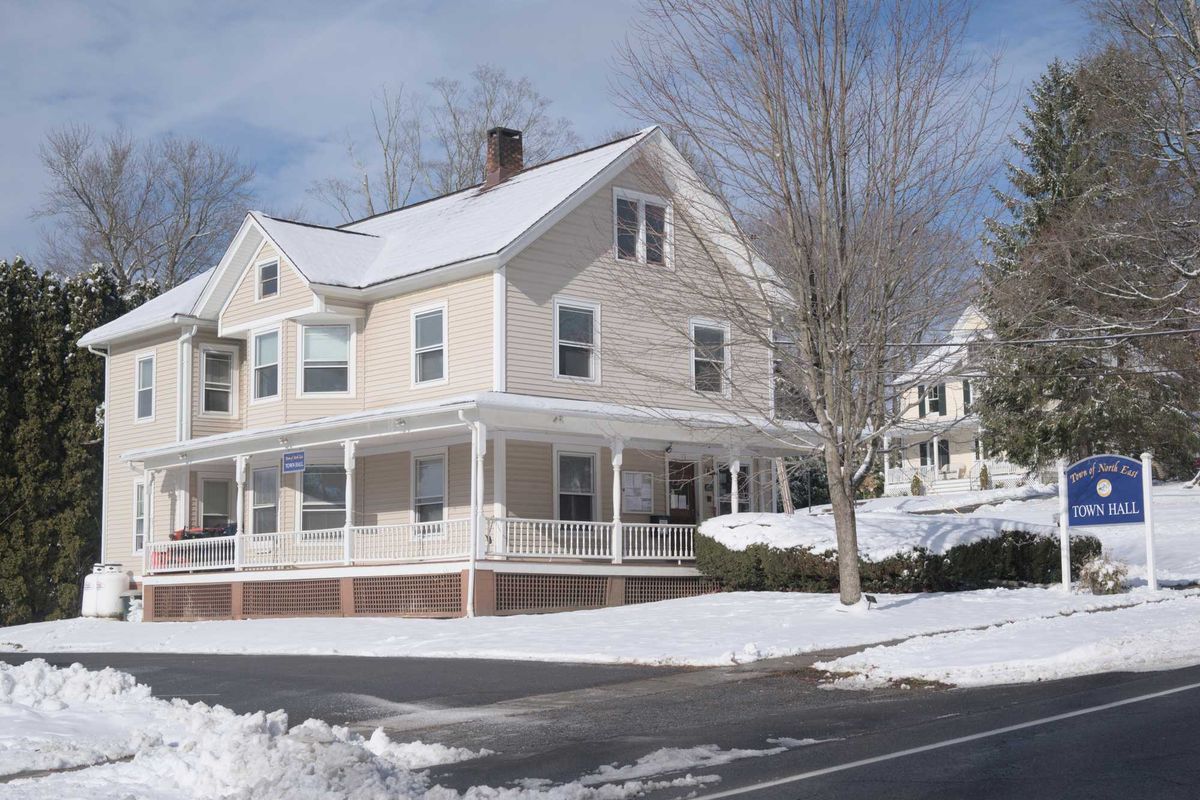
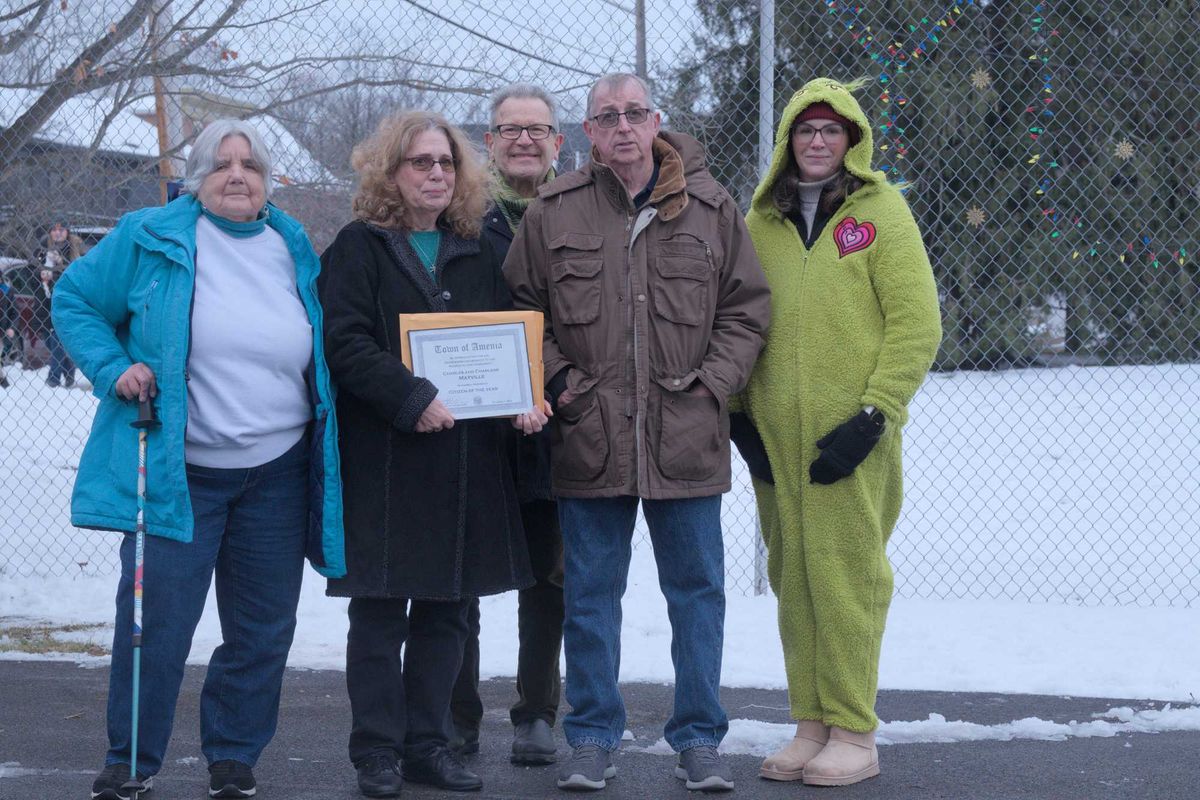
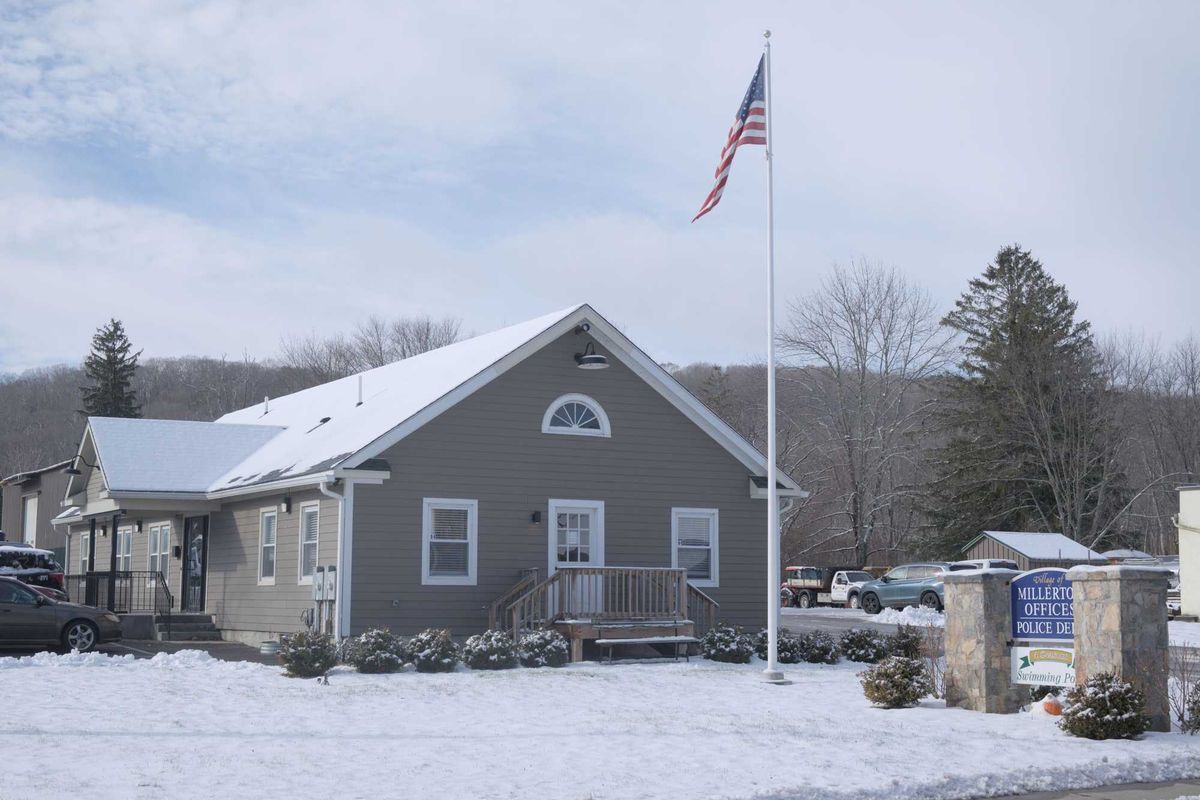
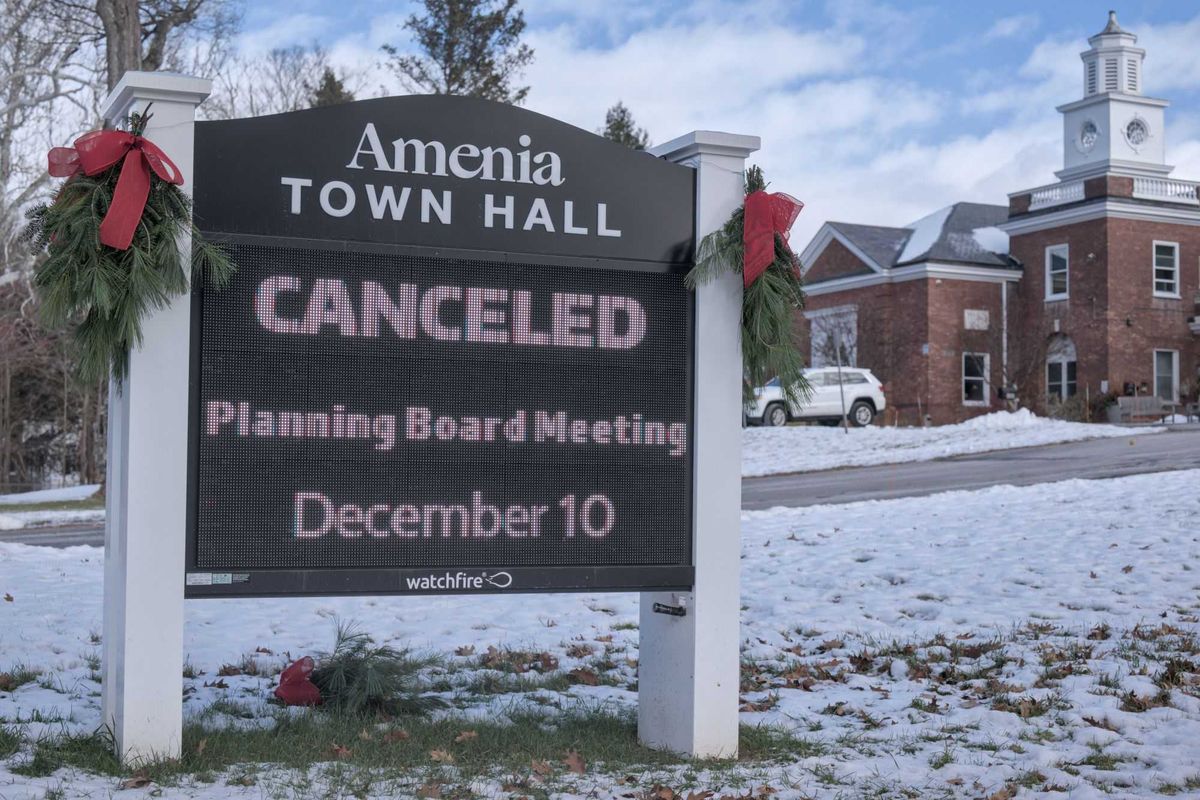
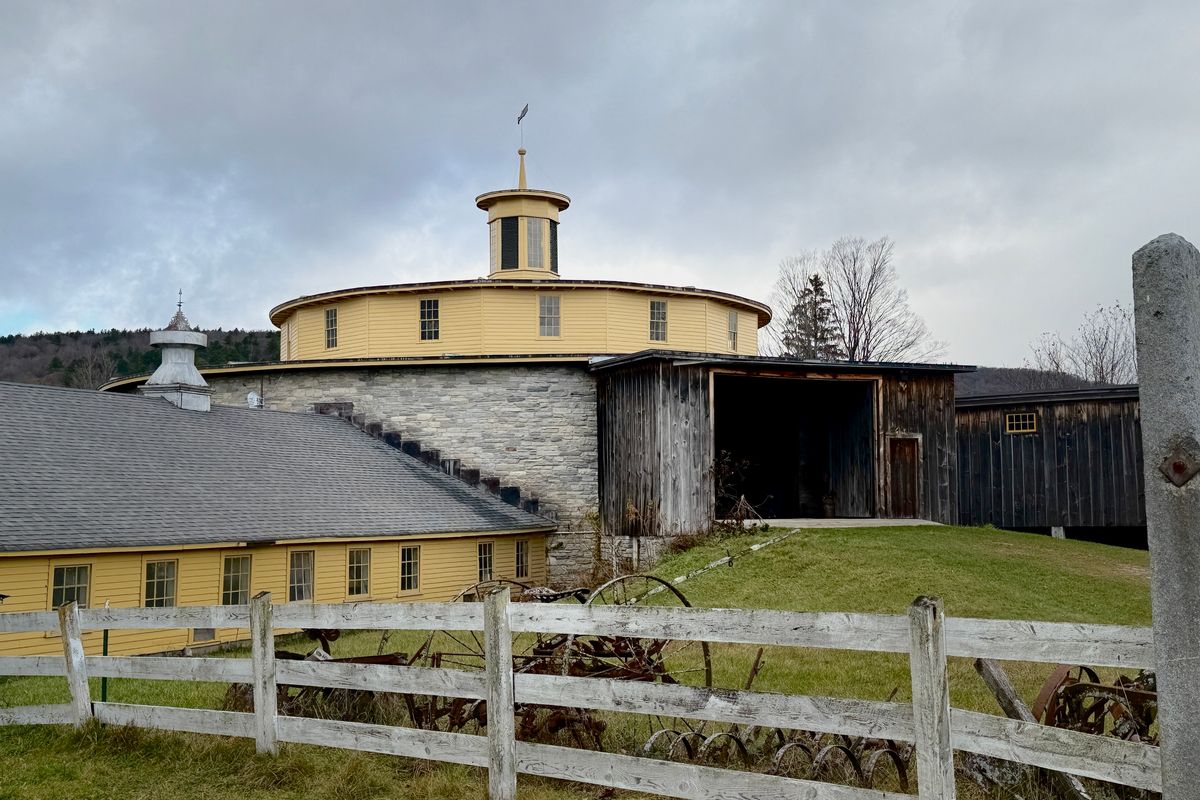
 Shakers referred to their farm as the City of Peace.Jennifer Almquist
Shakers referred to their farm as the City of Peace.Jennifer Almquist

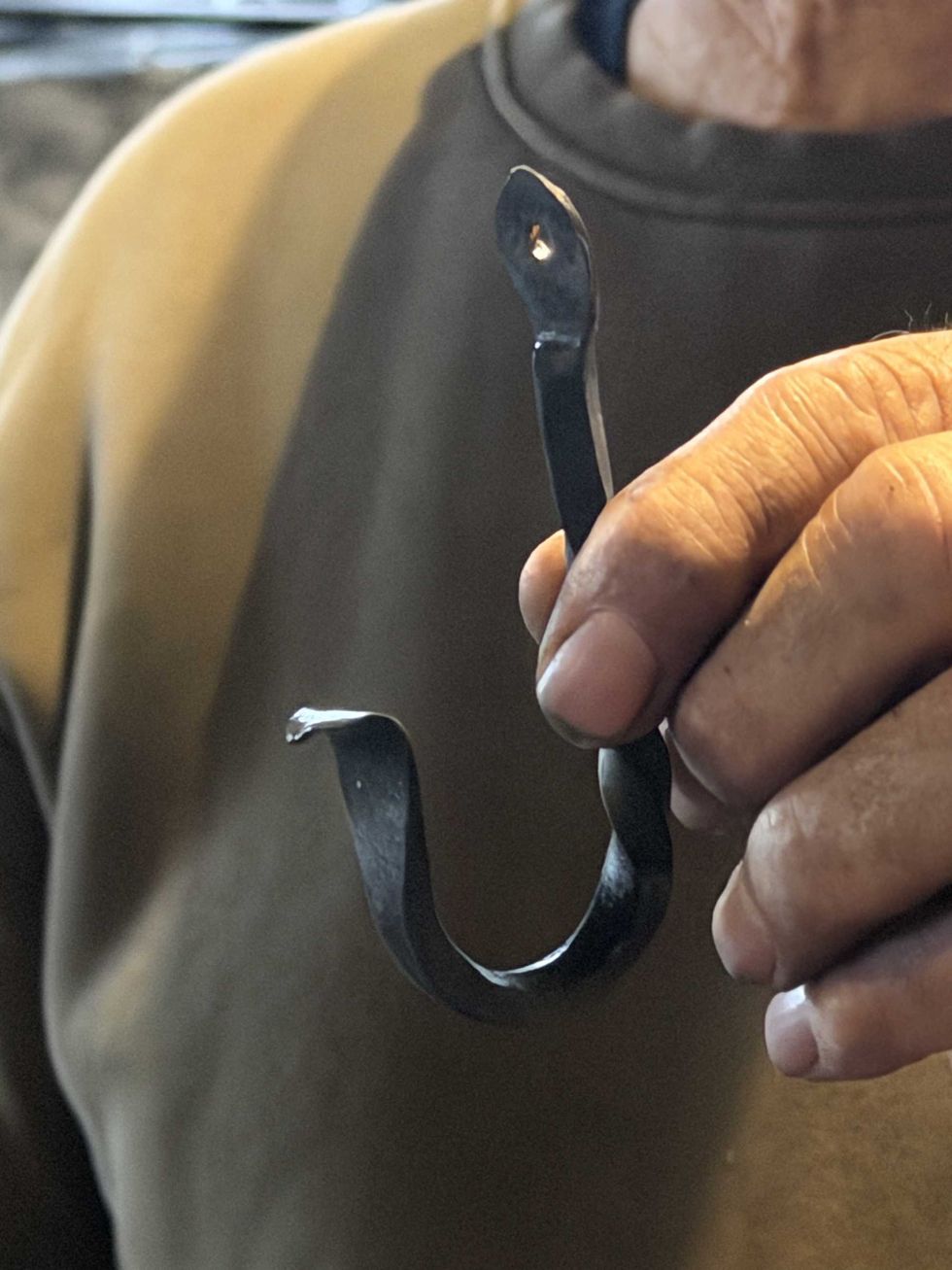
 A Shaker chair.Jennifer Almquist
A Shaker chair.Jennifer Almquist The Shakers embraced practical designs of great utility and beauty.Jennifer Almquist
The Shakers embraced practical designs of great utility and beauty.Jennifer Almquist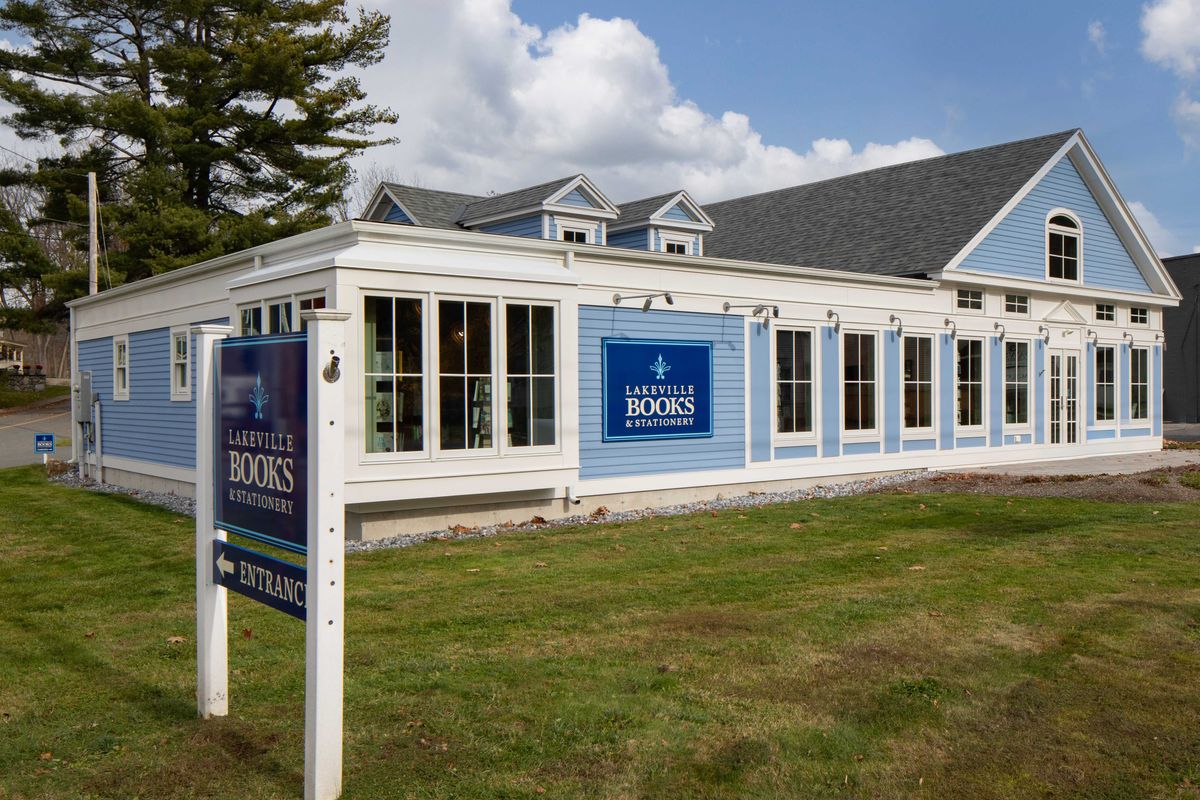
 Interior of Lakeville Books & Stationery.Provided
Interior of Lakeville Books & Stationery.Provided
